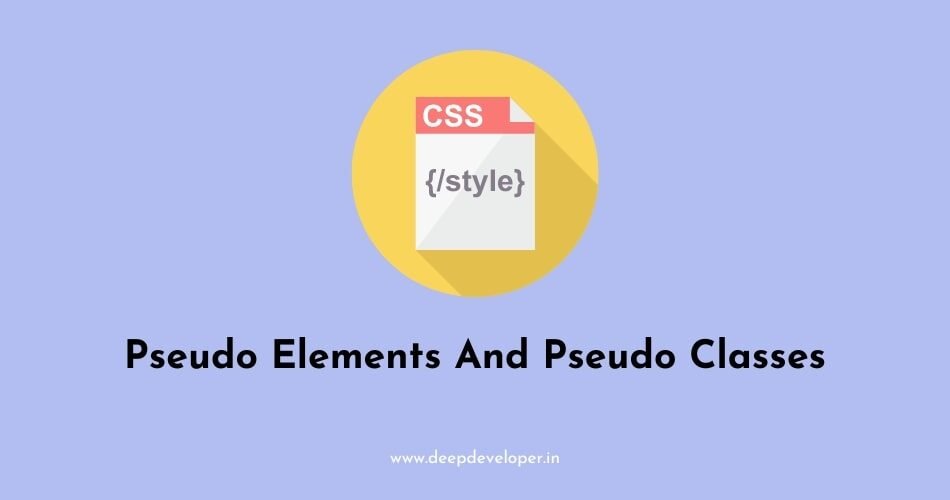Pseudo elements and pseudo classes are powerful features in CSS that allow us to target specific parts of an HTML element or to style an element based on its state. In this article I am going to share detailed information about Pseudo elements and Pseudo classes with examples.
Pseudo Elements
Pseudo elements are used to select and style a specific part of an HTML element. For example, ::before and ::after are used to add content before and after an element.
.example::before {
content: "Example";
color: blue;
}In this example, the ::before pseudo element is used to add the text “Example” before the element with the class “example”, and the text color is set to blue.
Another example is ::first-letter which is used to style the first letter of a text element.
.example::first-letter {
font-size: 2em;
color: red;
}In this example, the first letter of the text element with class “example” will have a font-size of 2em and color red.
Pseudo Classes
Pseudo classes are used to style an element based on its state. For example, :hover is used to style an element when the user hovers over it with the mouse.
.example:hover {
background-color: yellow;
}In this example, the background color of the element with the class “example” will change to yellow when the user hovers over it.
Another example is :active which is used to style an element when it is actively clicked on.
.example:active {
background-color: green;
}In this example, when the user clicks on the element with class “example” its background color will change to green.
There are many other pseudo-elements and pseudo-classes available in CSS, such as :visited, :link, :first-child, :nth-child(), :disabled, etc. They offer a wide range of styling options and allow you to create more dynamic and interactive websites.
It’s important to note that pseudo elements and classes can be combined to target specific parts of an element in a specific state. For example, you can use :hover::before to change the content of the ::before element only when the user hovers over the parent element.
In conclusion, pseudo elements and classes are an essential part of CSS that allow us to target specific parts of an element and style them based on their state. With a wide range of options available, we can create more dynamic and interactive websites.
Also Read:

